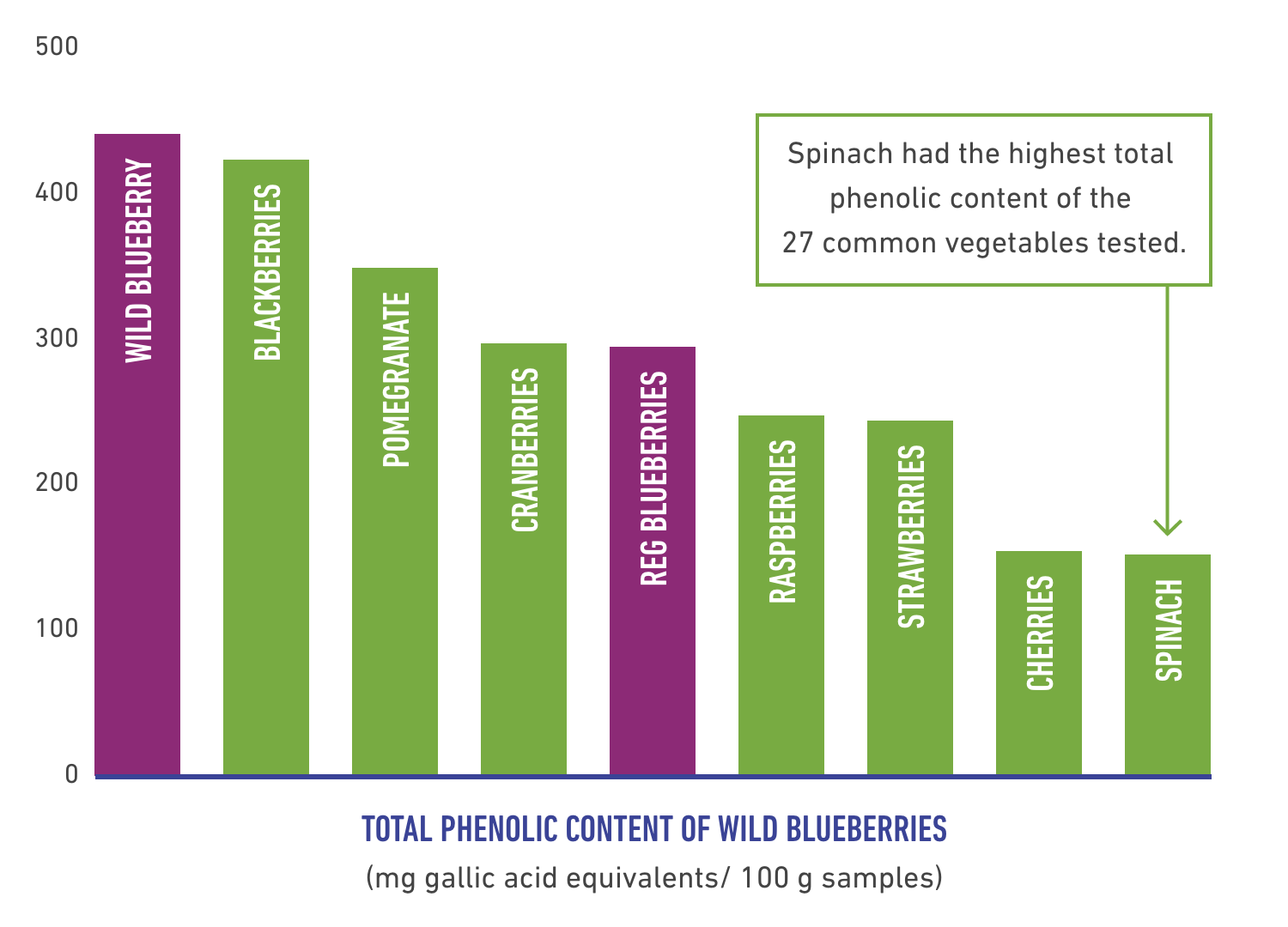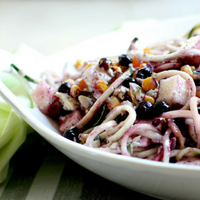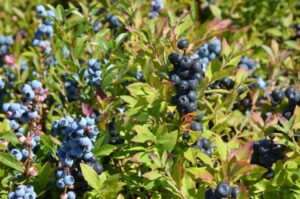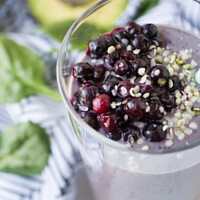Wild Blueberries and Antioxidants
The Science of the SuperFruit
The wide range of natural antioxidants found in fruits and vegetables helps our bodies protect against disease and age-related health risks. Wild blueberries are especially rich in anthocyanin, a flavonoid with potent antioxidant capacity. Highly concentrated in the deep-blue pigments of wild blueberries, anthocyanin is responsible for both color and powerful health protection potential.
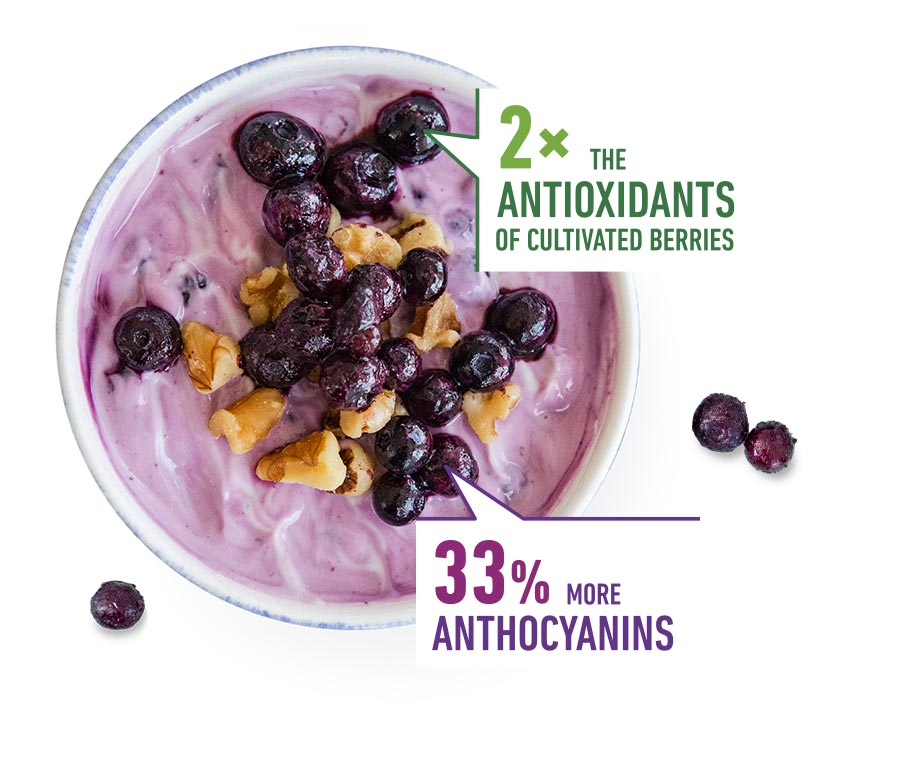
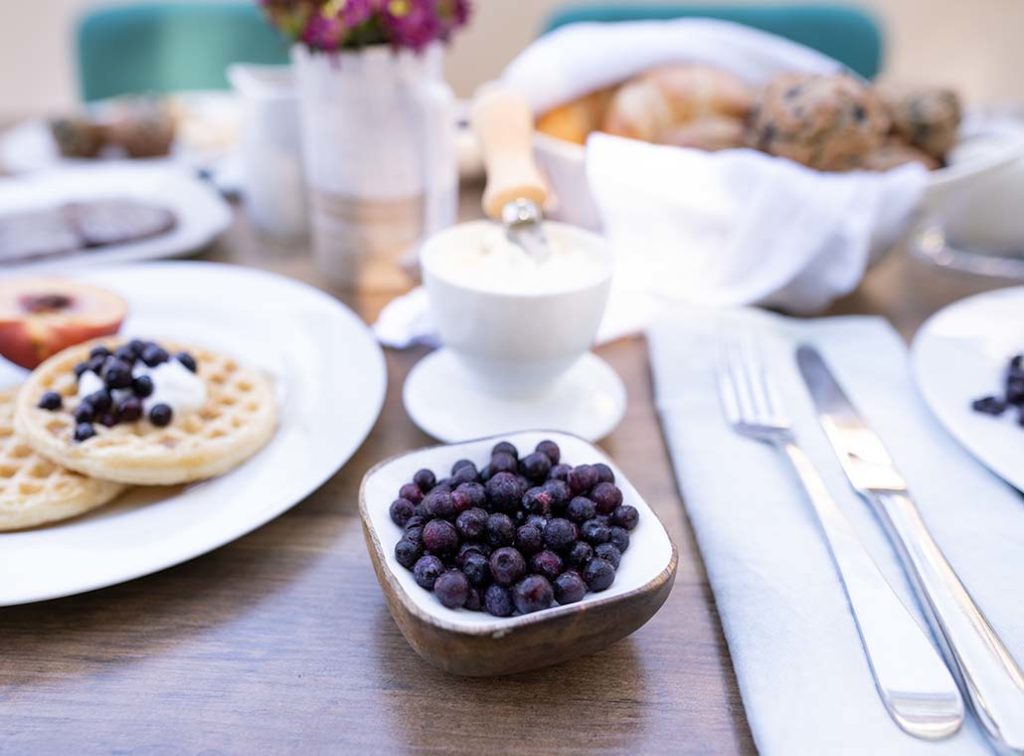
Anthocya—what?
The power is in the pigment
Anthocyanins are the plant compounds found in the skin of the Wild Blueberry that give them their pretty purply blue hue. A growing body of research suggests anthocyanins work to reduce inflammation and are beneficial to humans. Wild blueberries have 33% more anthocyanins than ordinary Blueberries—giving you a big leg up when it comes to keeping your brain and body running strong.
Wild blueberries + anthocyanins. Feed your brain the good stuff.
The Antioxidant Leader
Using a lab testing procedure called ORAC (Oxygen Radical Absorbance Capacity), USDA researcher Ronald Prior, Ph.D., found that a one-cup serving of wild blueberries has more total antioxidant capacity (TAC) than 20 other fruits and veggies, including cranberries, strawberries, plums, raspberries, and even cultivated blueberries.
In fact, wild blueberries have 2x the antioxidant power of ordinary blueberries, offering more of what it takes to combat disease and promote healthy aging.
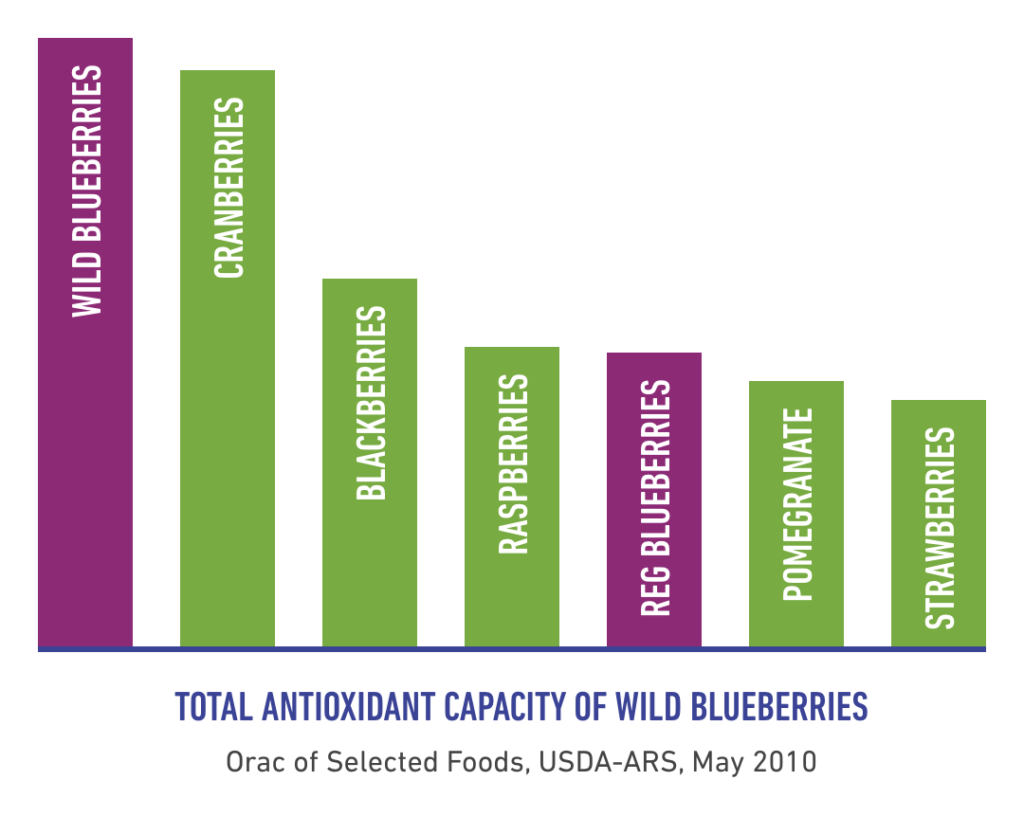
How Antioxidants Work
Antioxidants are a hot topic today because they help our bodies protect against age-related health risks. Every day, our cells wage a battle against free radicals—unstable oxygen molecules that are a normal byproduct of metabolism. When you aren’t getting enough antioxidants in your diet, free radicals can build up in your body, causing oxidative stress, which is associated with cancer, heart disease, diabetes, and other diseases of aging.
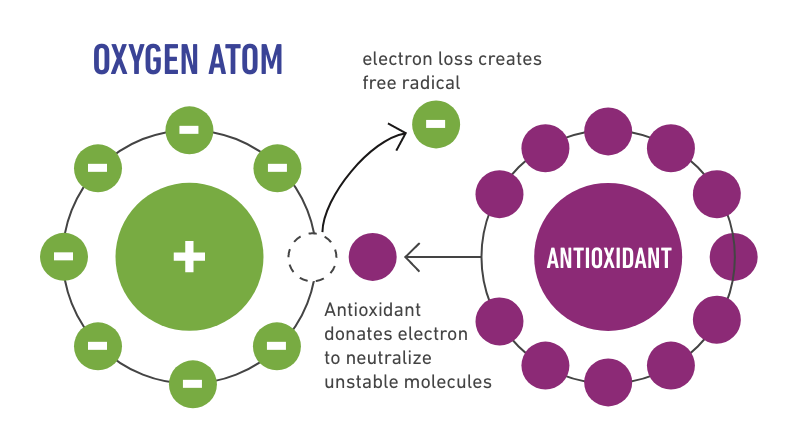
How can frozen be fresher?
Wild Blueberries are frozen fresh within 24 hours of harvest, when their flavor and antioxidant goodness are at their peak, and that’s just the beginning…

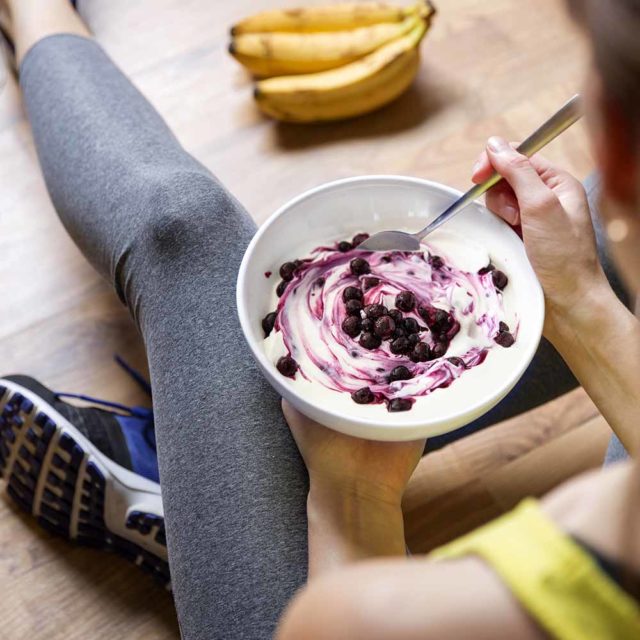

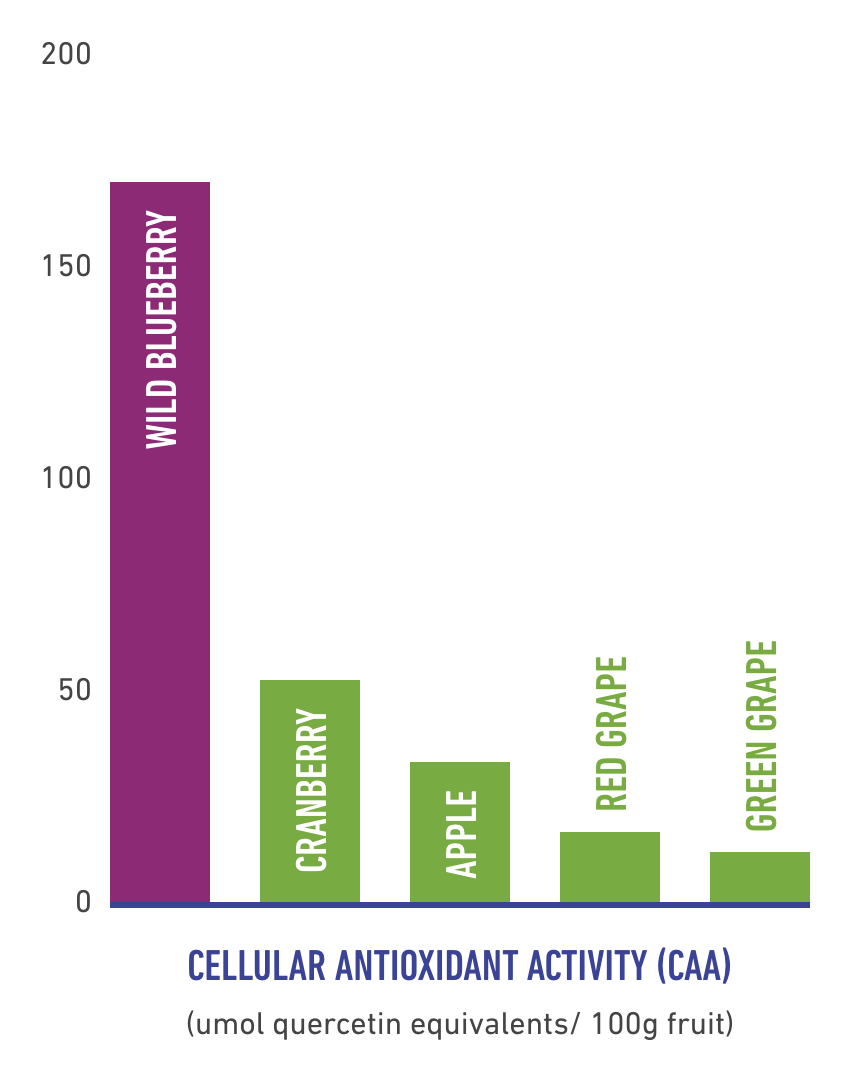 Wild blueberries emerged as the leader in total antioxidant capacity (TAC) per serving using a laboratory research procedure called Oxygen Radical Absorbance Capacity or ORAC. The ORAC procedure was developed by Dr. Guihua Cao, a physician and chemist at the USDA Jean Mayer Human Nutrition Research Center on Aging in Boston. In 2010, USDA ORAC studies showed that a serving of wild blueberries provides twice the antioxidant capacity of larger, cultivated blueberries.
Wild blueberries emerged as the leader in total antioxidant capacity (TAC) per serving using a laboratory research procedure called Oxygen Radical Absorbance Capacity or ORAC. The ORAC procedure was developed by Dr. Guihua Cao, a physician and chemist at the USDA Jean Mayer Human Nutrition Research Center on Aging in Boston. In 2010, USDA ORAC studies showed that a serving of wild blueberries provides twice the antioxidant capacity of larger, cultivated blueberries.